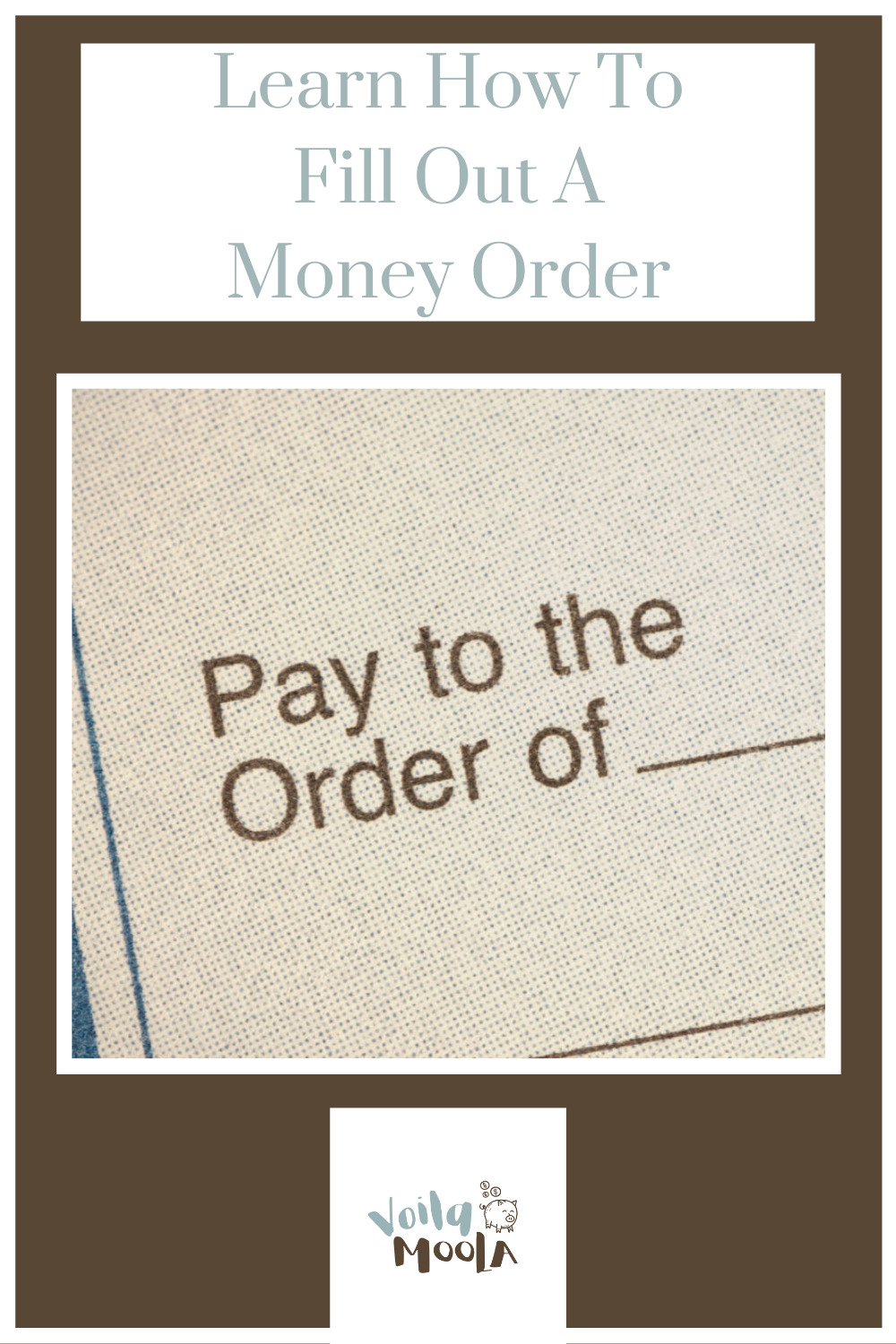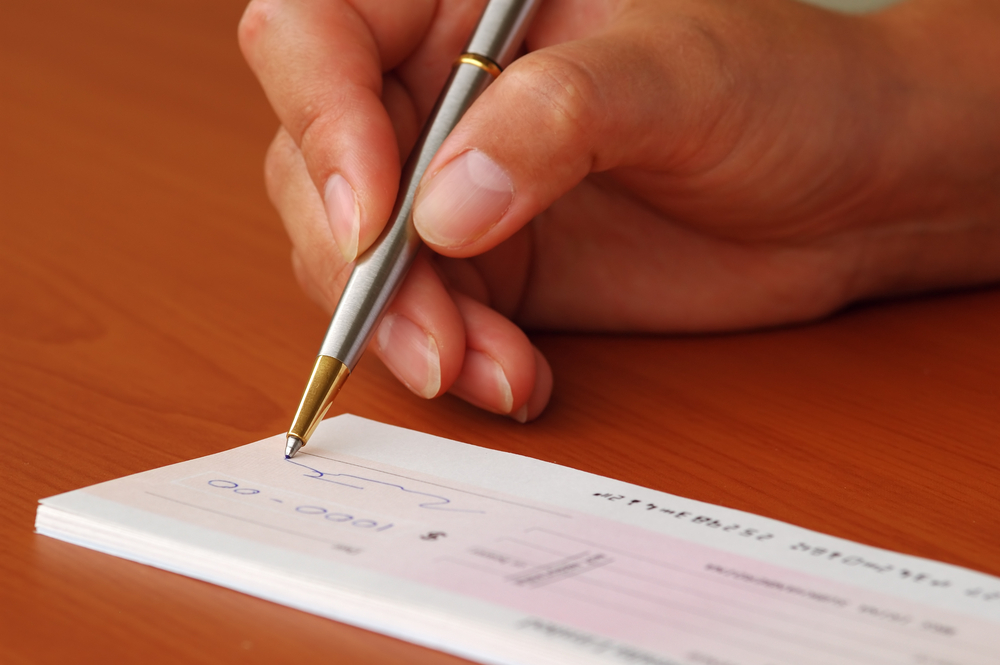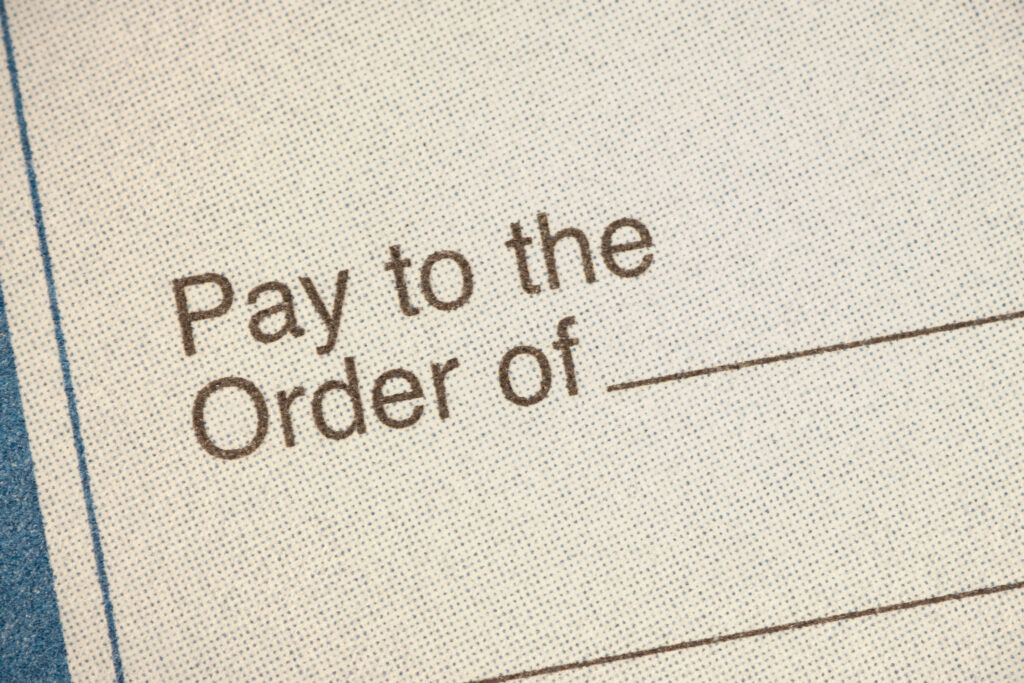A money order is a type of check. It is more secure than a personal check because it is prepaid. That gives the recipient the security of knowing the check won’t bounce. Money orders are used for paying smaller amounts of money than cashier’s checks. They are also used by those who do not have, or do not want, to use a personal checking account. Money orders can also be purchased in more places, such as your local supermarket or post office. If you need a money order, it’s essential to know how to fill out a money order properly. Make a mistake, and your money may not be delivered to the right person.

How To Fill Out A Money Order

Here are the steps to fill one out correctly:
- On the “Payee” or “Pay to the order of” line, enter the name of the person or business you are paying.
- Enter the recipient’s full mailing address. Some money orders also have a space for you to enter your own address, in case the recipient needs to contact you about the money.
- In the section of the money order labeled “Re:” or “Memo,” you will need to enter details that help the recipient credit your payment correctly. For example, a business will need your account number. If this section is missing, you can add it somewhere on the front of the money order.
- Some money orders require your signature, but others do not. Whether or not it’s required will depend on the specific issuer. If there is a place for your signature, it will be marked “Signature,” or “Purchaser.” Do not sign the back of the money order, because this is reserved for the recipient to sign when they receive your money order.

In case there is a problem with the money order, you will want to hang onto any receipts or carbon copies that are given to you when you make the purchase. If by chance you need to cancel the money order later, you will definitely need the receipt to do so.
Before you go, check out my post on money network cards.

Leave a Reply